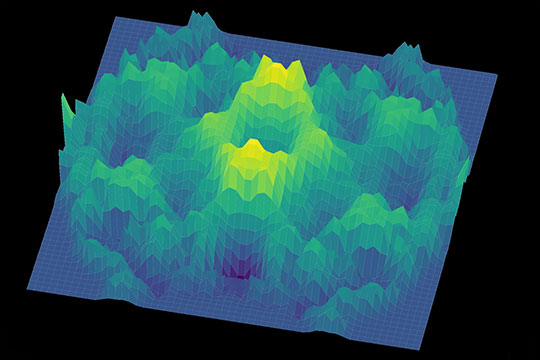Scientists at Ames Laboratory, Brookhaven National Laboratory, and the University of Alabama Birmingham have discovered a light-induced switching mechanism in a Dirac semimetal. The mechanism establishes a new way to control the topological material, driven by back-and-forth motion of atoms and electrons, which will enable topological transistor and quantum computation using light waves.
Wide-scale adoption of new computational principles, such as quantum computing, requires building devices in which fragile quantum states are protected from their noisy environments. One approach is through the development of topological quantum computation, in which qubits are based on “symmetry-protected” quasiparticles that are immune to noise.
The team demonstrated that control by using light to steer quantum states in a Dirac semimetal, an exotic material that exhibits extreme sensitivity due to its proximity to a broad range of topological phases.
Their work opens a new arena of light wave topological electronics and phase transitions controlled by quantum coherence. This will be useful in the development of future quantum computing strategies and electronics with high speed and low energy consumption. (Phys.org)
The paper has been published in Physical Review X.


